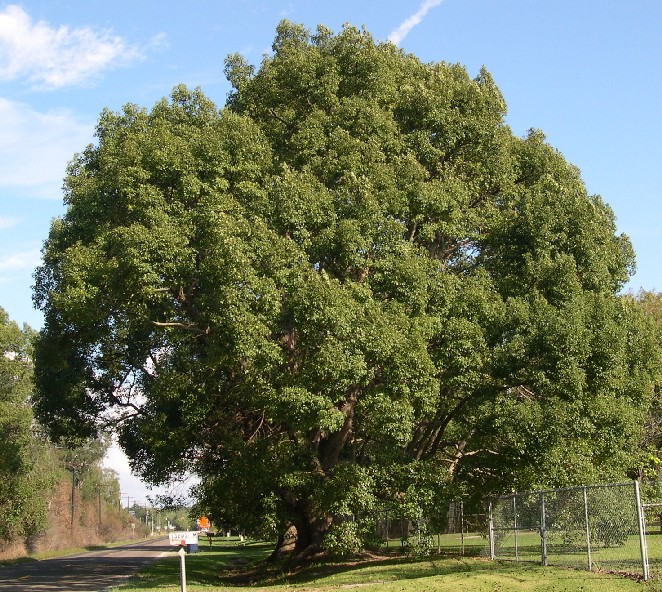
I believe we’ve lost a few friends. If you’ve ever traveled down Highway FM 105, west of FM 1442 in Orange County, you might have seen some odd old trees. They looked like they would be perfectly at home on Almira Gulch’s land in Kansas/Oz, ready to grab Dorothy and her little dog “too.” I love Margaret Hamilton. They were Camphor trees planted by Toraichi Kishi, brother of Kichimatsu Kishi, who immigrated from Japan to farm rice. These trees were registered with the Texas Forest Service at some point, and according to the TAMU website, one of them was on the Texas Big Tree Registry. Now, only one colossal tree is left. The others sadly succumbed to the freeze of February 2021. These trees were apparently planted in the 1910s.
Growing up, we had a Camphor tree. When I was 7 years old, the plant was my link to traveling the seas on a boat called the Westwind. Thinking back, I have little knowledge of the TV show, but I do know that my Camphor tree smelled better than that yacht from the 1970s.
Speaking of the Kishis, a few years back, I came across a scrapbook filled with newspaper articles from the 1940s at an estate sale in Port Neches. Its owner, Miss Davis, kept many articles leading up to and during the war. One was a Beaumont Enterprise article about a young man named Taro Kishi, an American born into a family of Japanese descendants (a Nisei). His words in the article spoke of patriotism and wanting to fight against the aggressors of the United States. Still, the U.S. military was not recruiting Japanese Americans at this point. Eventually, the 442nd Regimental Combat Team was formed with Japanese Americans and fought in the Italy campaign.
As I mention the history of WWII and the Italy campaign, I have to bring up Lucian Adams from Port Arthur. He was one of twelve siblings: nine boys and three girls. Eight of the boys served during the war, and fortunately, all of them returned home. Lucian carried out many heroic acts. The first one was during the landing at Anzio, where he knocked out an enemy machine-gun position, leading his unit to advance. Lucian earned a Bronze Star for this. During another campaign in France, he knocked out three machine-gun nests all by himself, two using grenades and the other one with his Browning Automatic Rifle. For this, he received the Medal of Honor. There go a couple of tales from my “Greatest Generation file”—because they were our greatest generation!
I’ve volunteered for many organizations and will continue to do so in the future, but I am a bit irked at a few non-profits in our area. In the past, I’ve had a couple of bad experiences with these Wine and Cheese factories that communicate nice messages about supporting “our history” but treat their volunteers like cannon fodder. Admittedly, the organizations I refer to have gotten rid of the people in charge at the time, but I still have no desire to become one of their winos. I will not mention the organizations here, but if you ever see me out on the street, I would love to tell you about the dark side of this history.
My real gripe here is that someone takes time out of their life to help your non-profit, and you, as the organizer, are being well compensated. I do believe these people should be paid, but please treat your (unpaid) volunteers with respect, and know that if it weren’t for them, your organization would cease to exist. Treat us right, and we will come; treat us wrong, and you will die a horrible death.
Well, I had a whole other rant about volunteers being given a 3×5 card of historical information, but low and behold, I was just emailed three pages of facts about the house I’ll be volunteering at. I like whoever is the powers that be currently. Things are looking up. Hope to see you in Galveston this week and next. Even you, Wanda. Just wear comfy shoes. No heels!

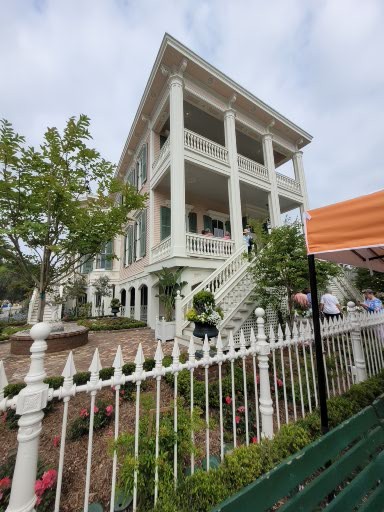
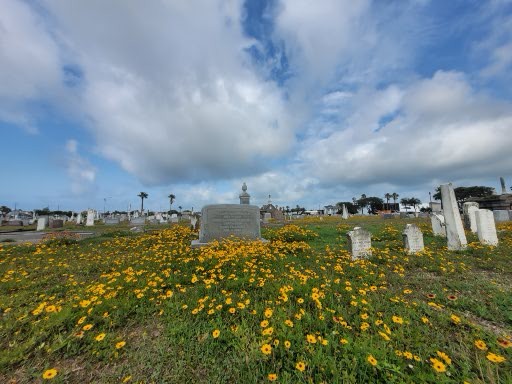
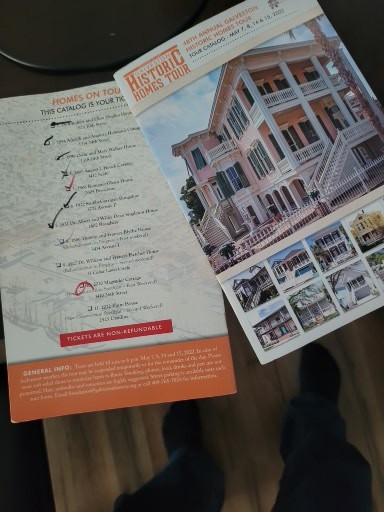
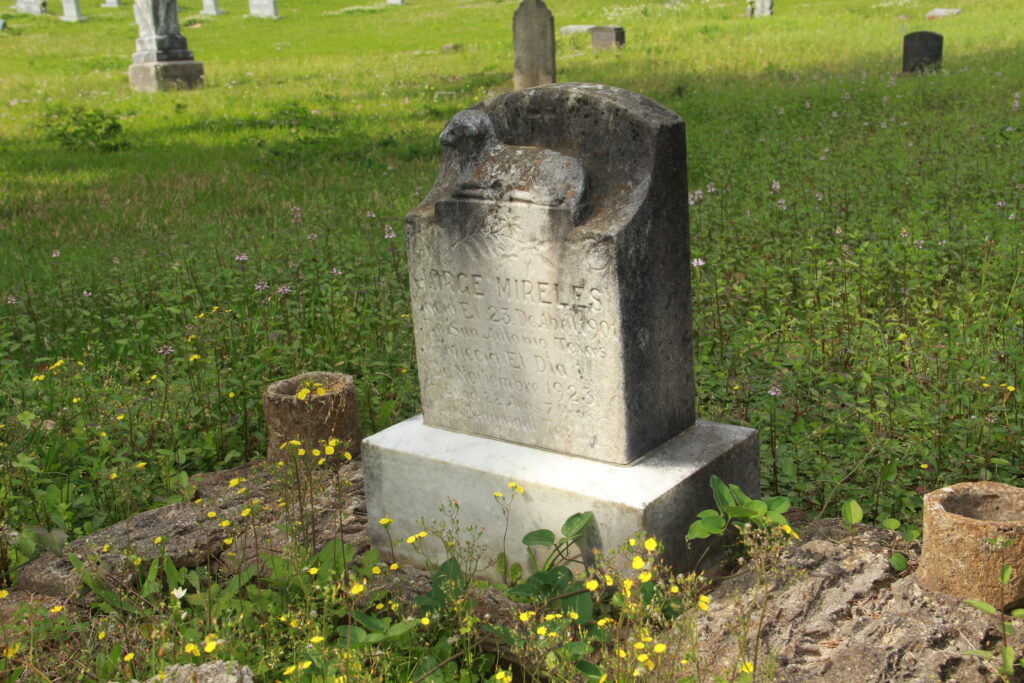
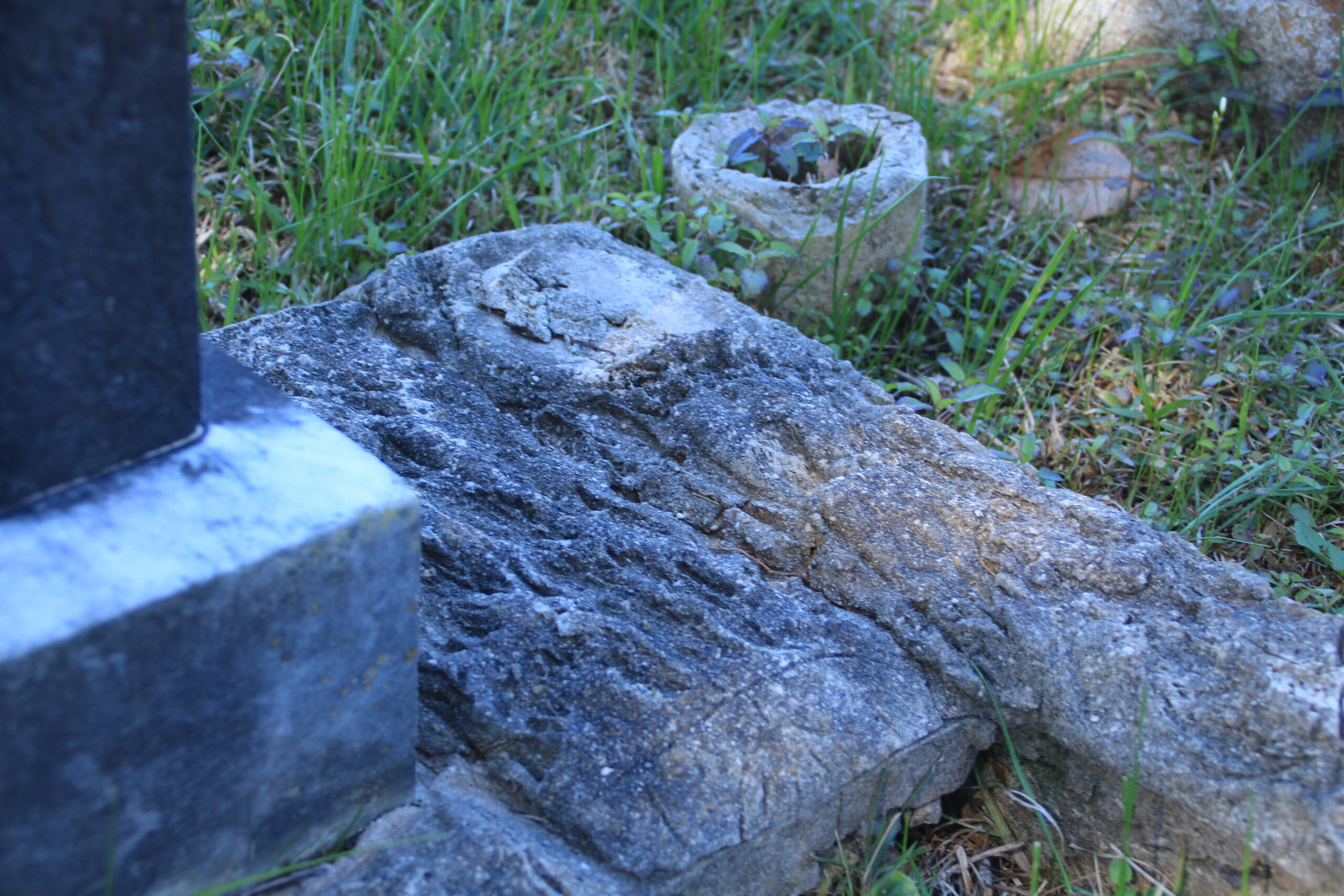
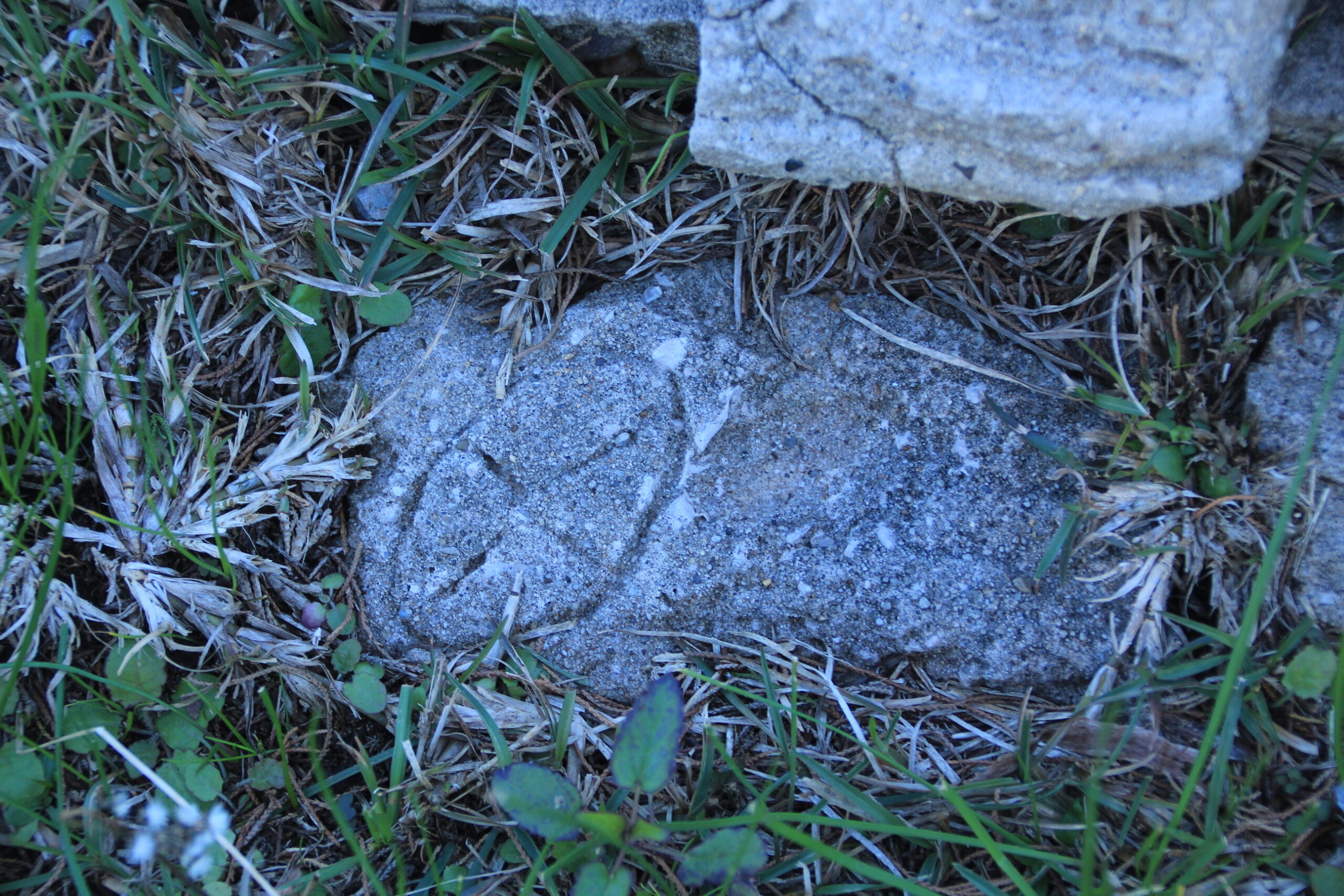
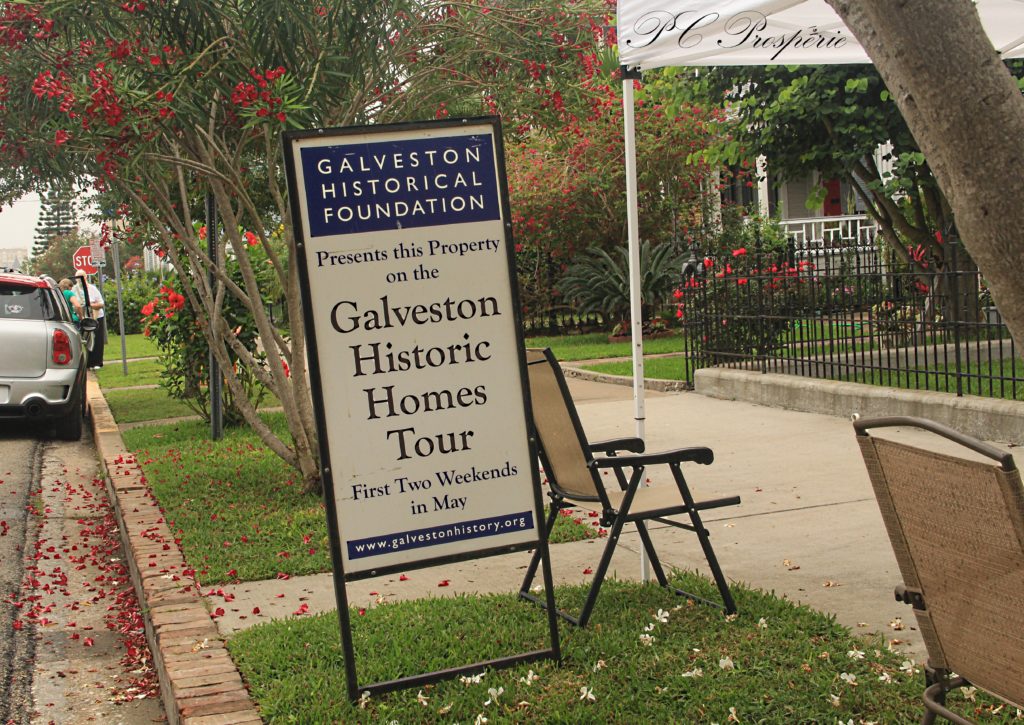
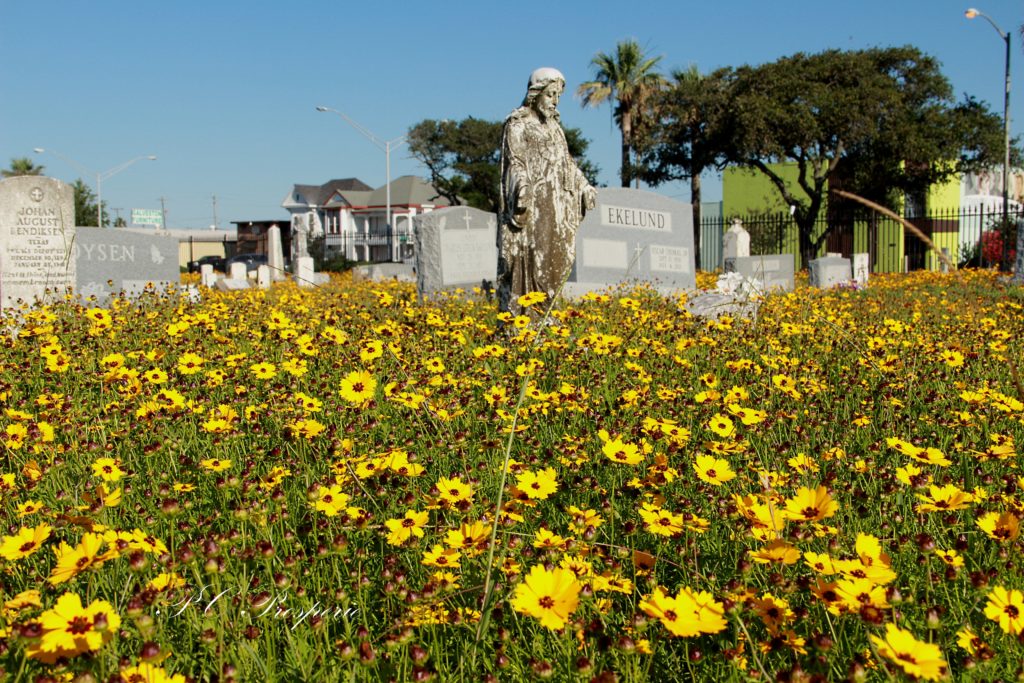
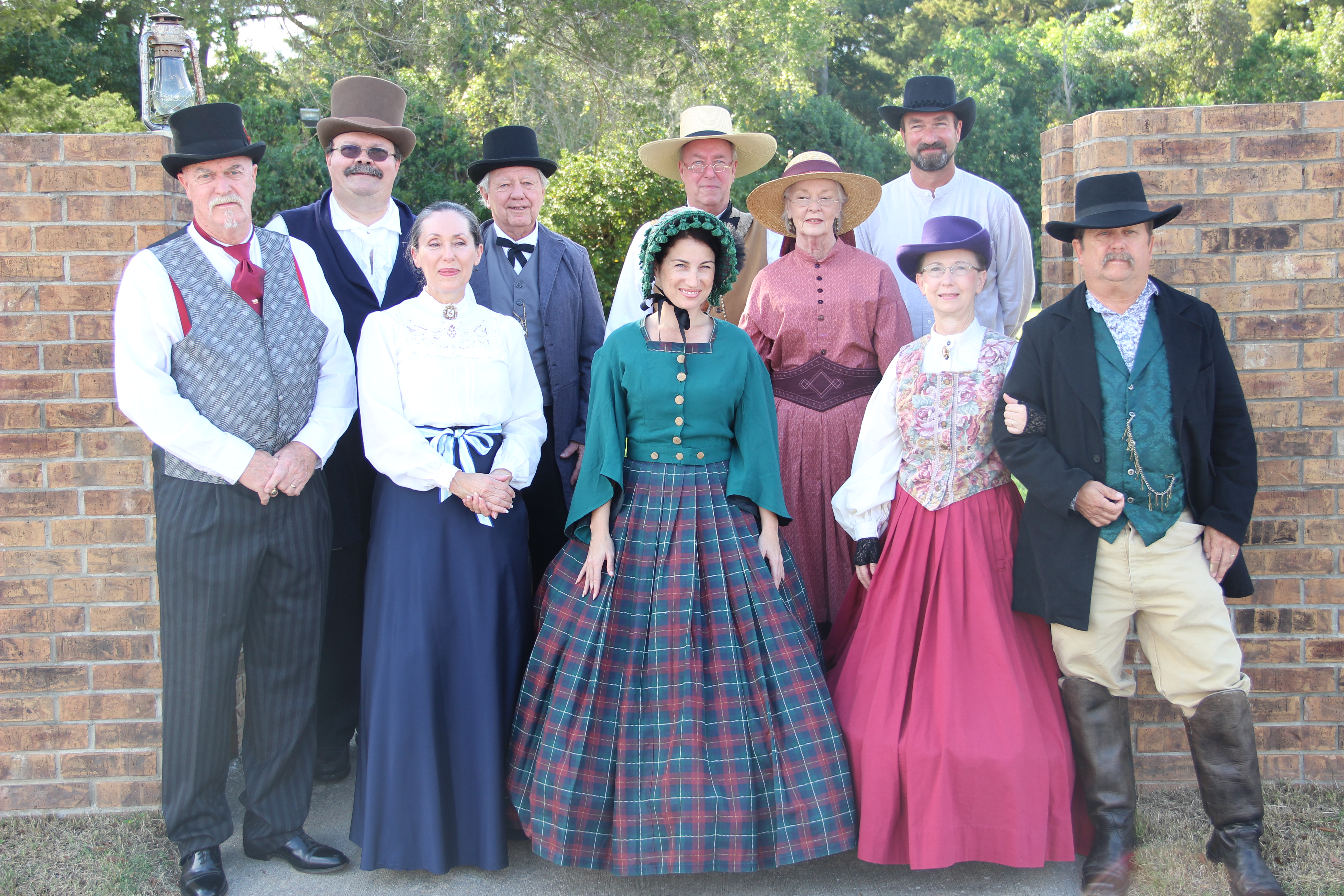
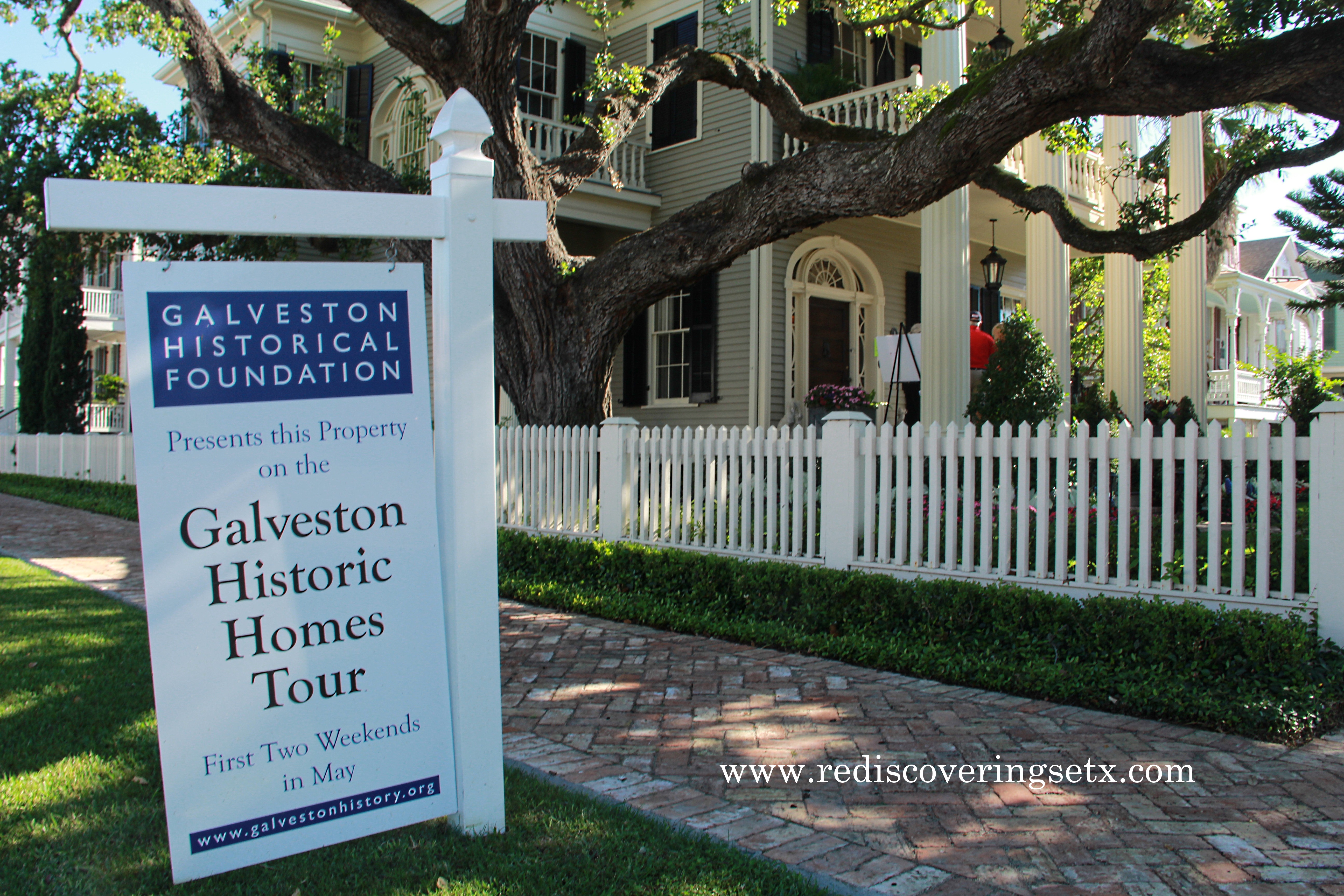 Getting back to the topic of volunteering, it’s no secret that I love the
Getting back to the topic of volunteering, it’s no secret that I love the 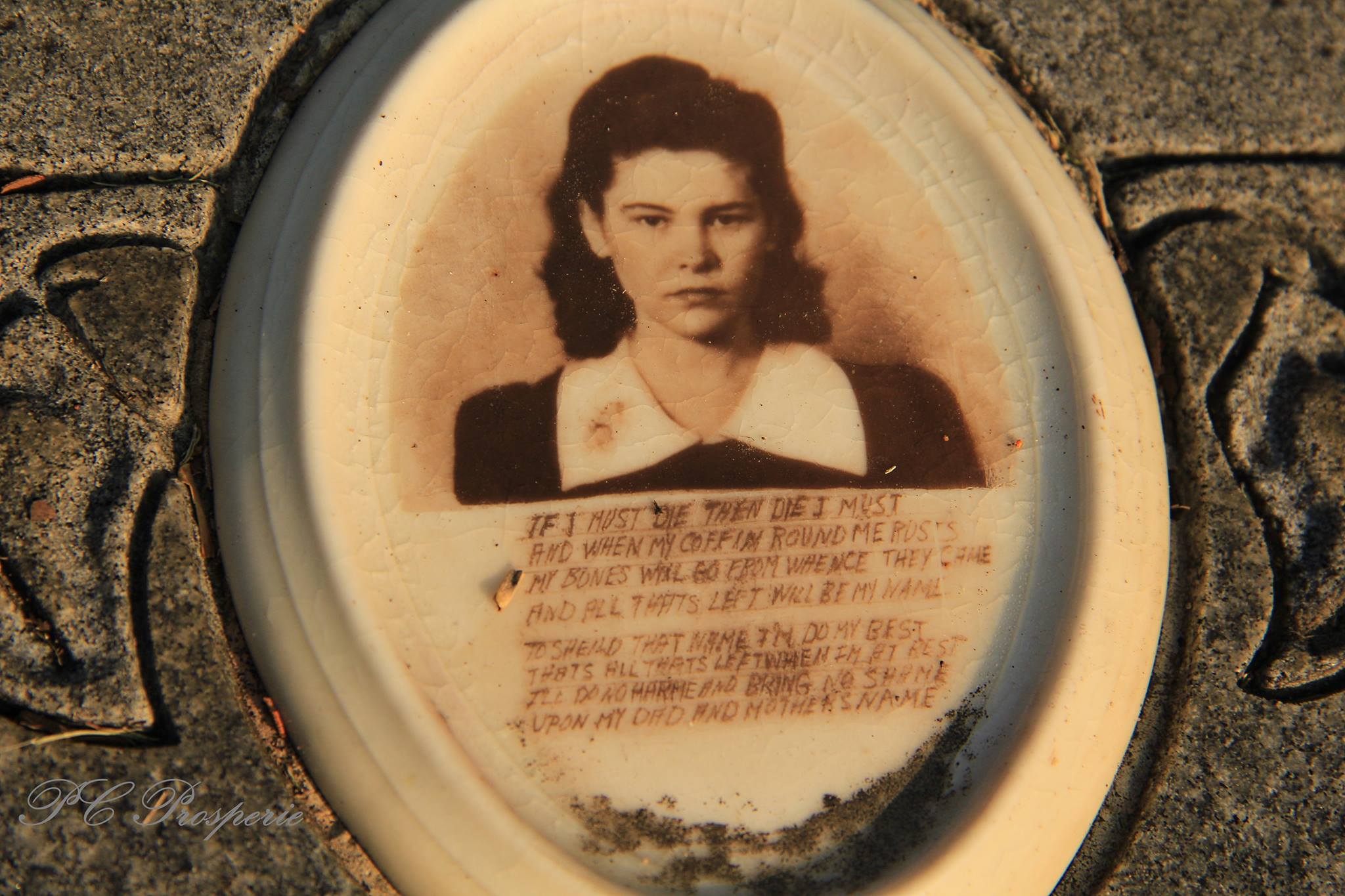 For weeks, I researched the origins of
For weeks, I researched the origins of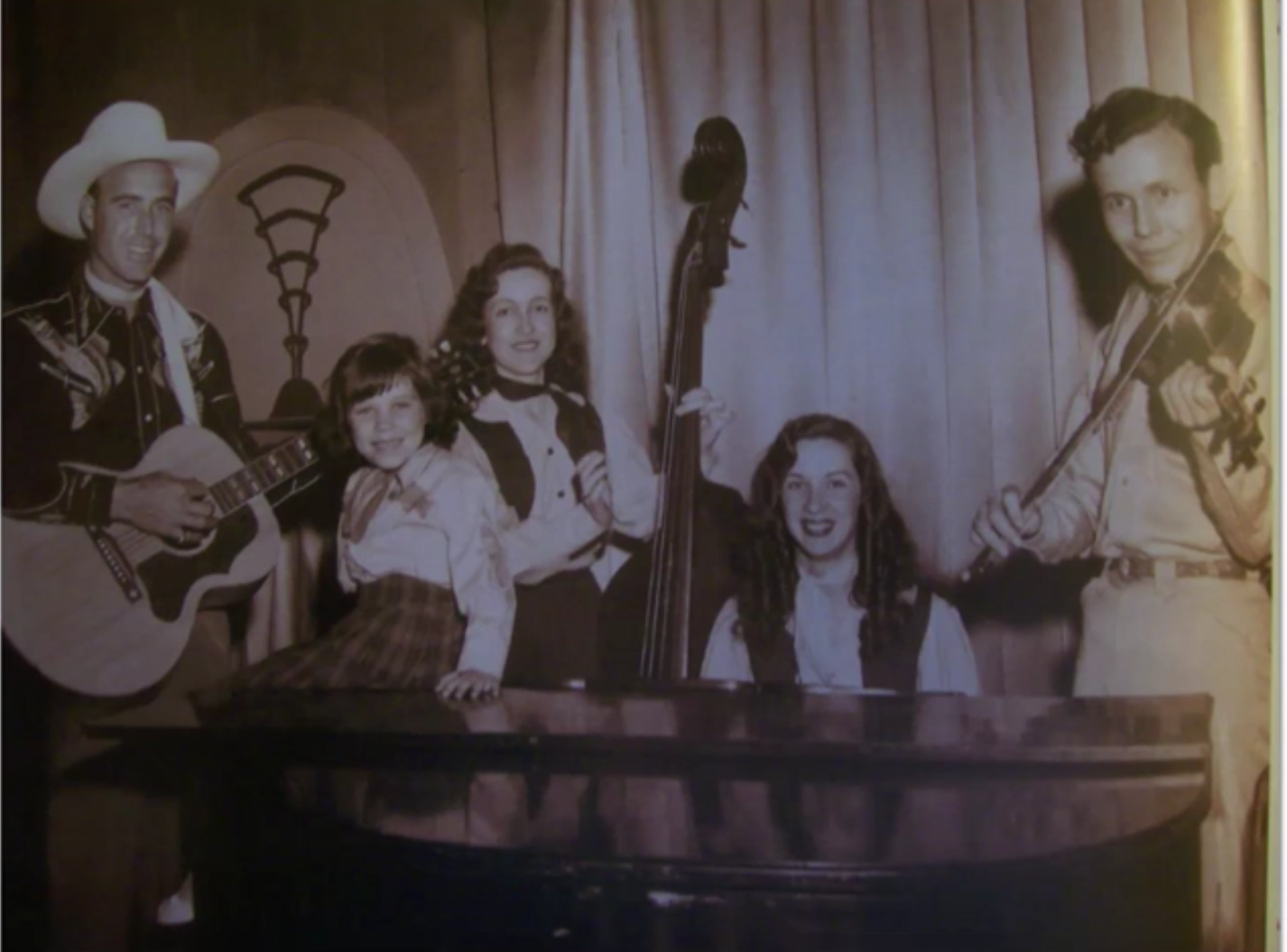
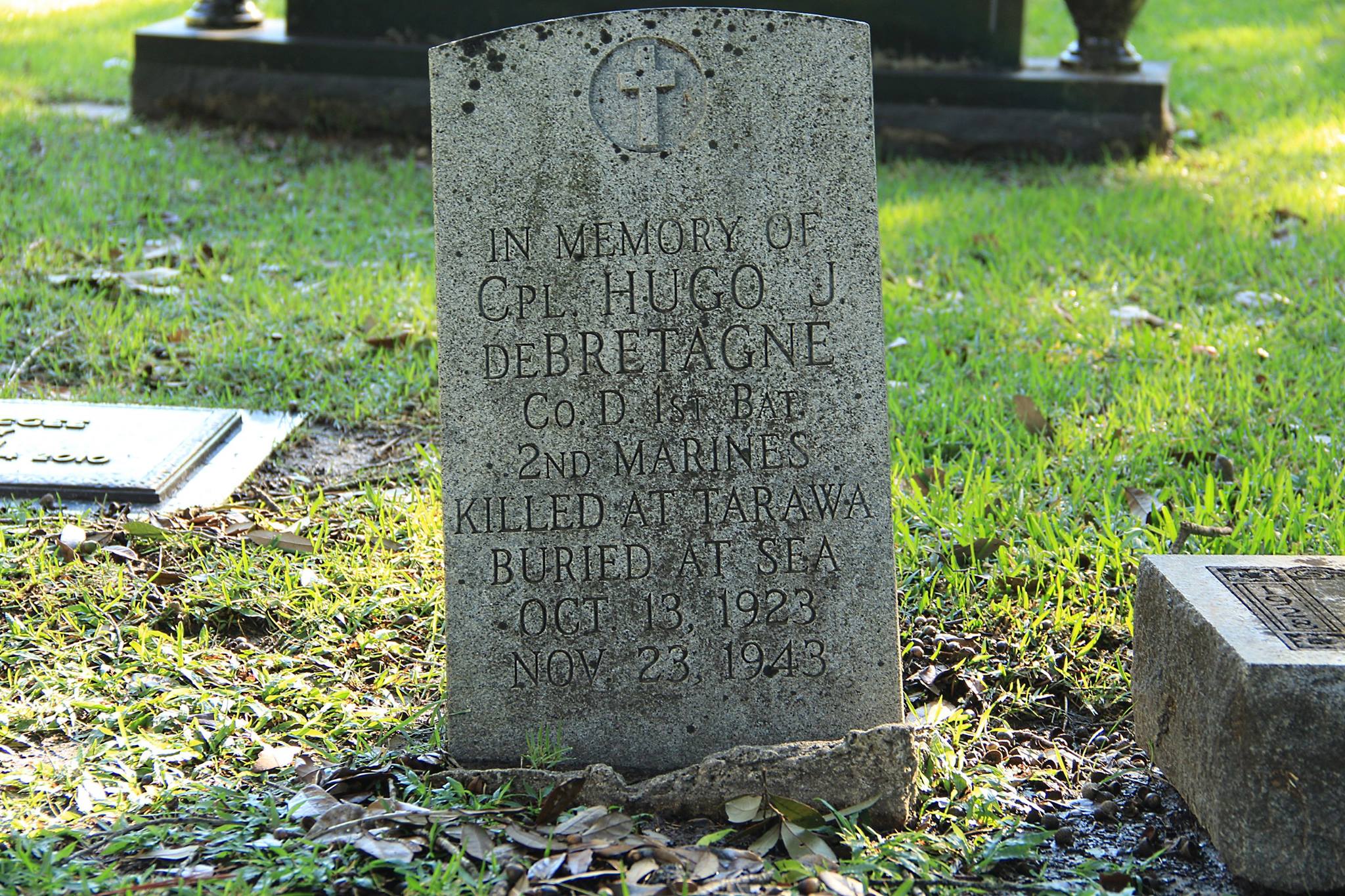 In memory of Hugo J. DeBretagne, CO D 1st Bat. 2nd Marines Killed at Tarawa Buried at sea. Oct. 13, 1923 – Nov. 23, 1943
In memory of Hugo J. DeBretagne, CO D 1st Bat. 2nd Marines Killed at Tarawa Buried at sea. Oct. 13, 1923 – Nov. 23, 1943 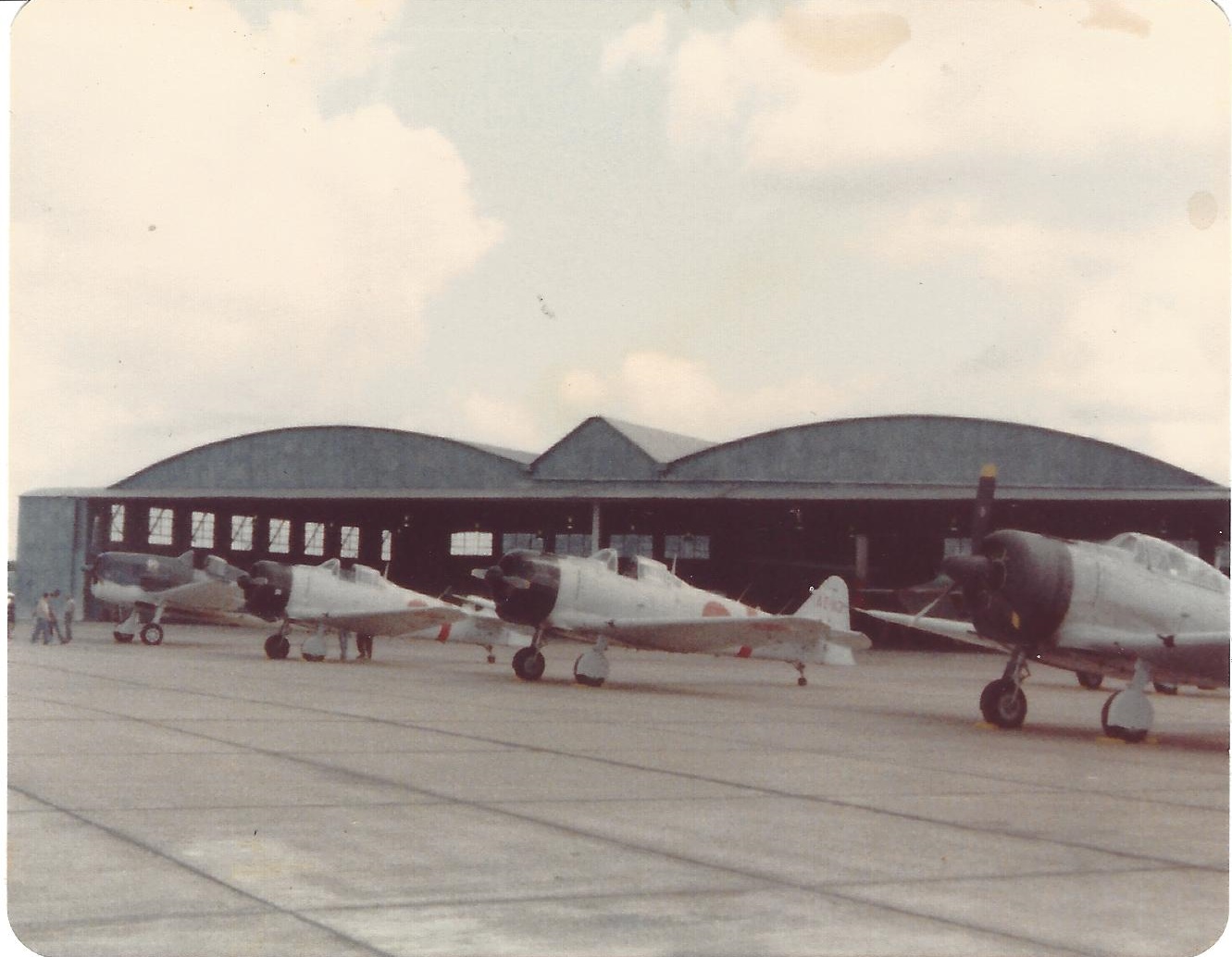 World War II—and especially the Pacific War—has been my greatest research project. You could say that the movie Tora Tora Tora has a lot to do with that. Still, there’re no words to describe the feeling of being a kid and seeing a formation of T-6 Texans modified to look like Japanese Zeros flying over Nederland, Texas, headed for Jefferson County Airport to participate in the Confederate Airshow.
World War II—and especially the Pacific War—has been my greatest research project. You could say that the movie Tora Tora Tora has a lot to do with that. Still, there’re no words to describe the feeling of being a kid and seeing a formation of T-6 Texans modified to look like Japanese Zeros flying over Nederland, Texas, headed for Jefferson County Airport to participate in the Confederate Airshow. 
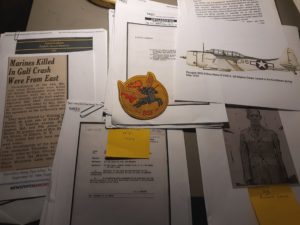
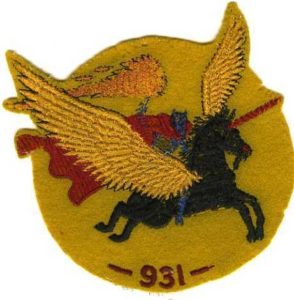
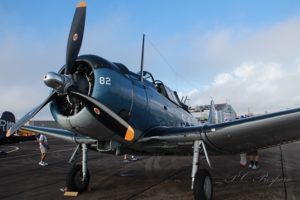

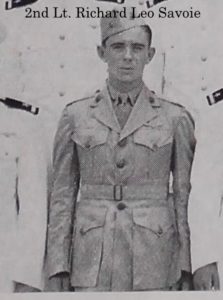
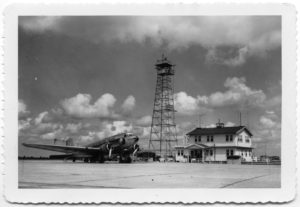
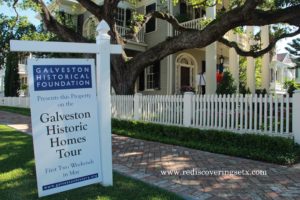
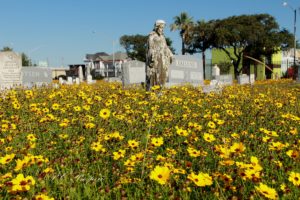
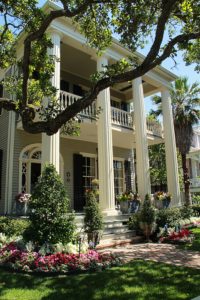
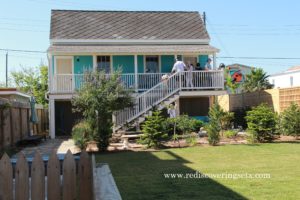
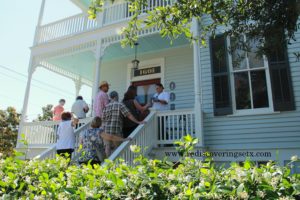
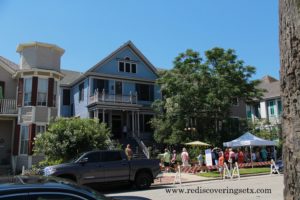
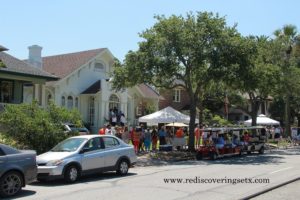
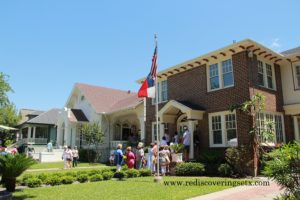
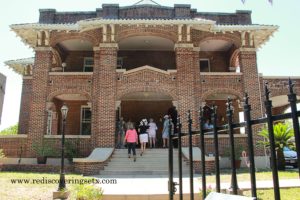
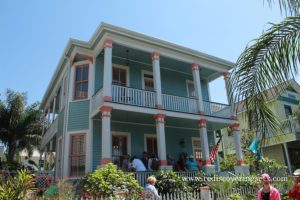
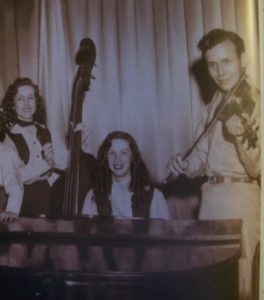
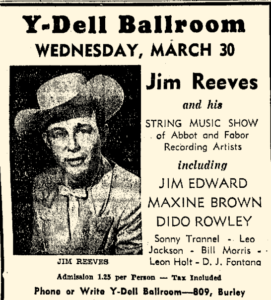
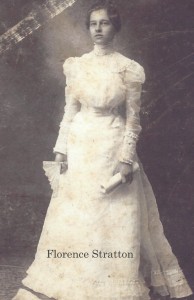
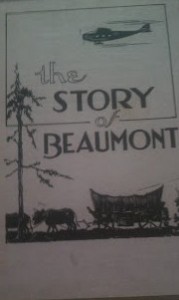
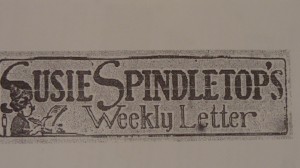
You must be logged in to post a comment.